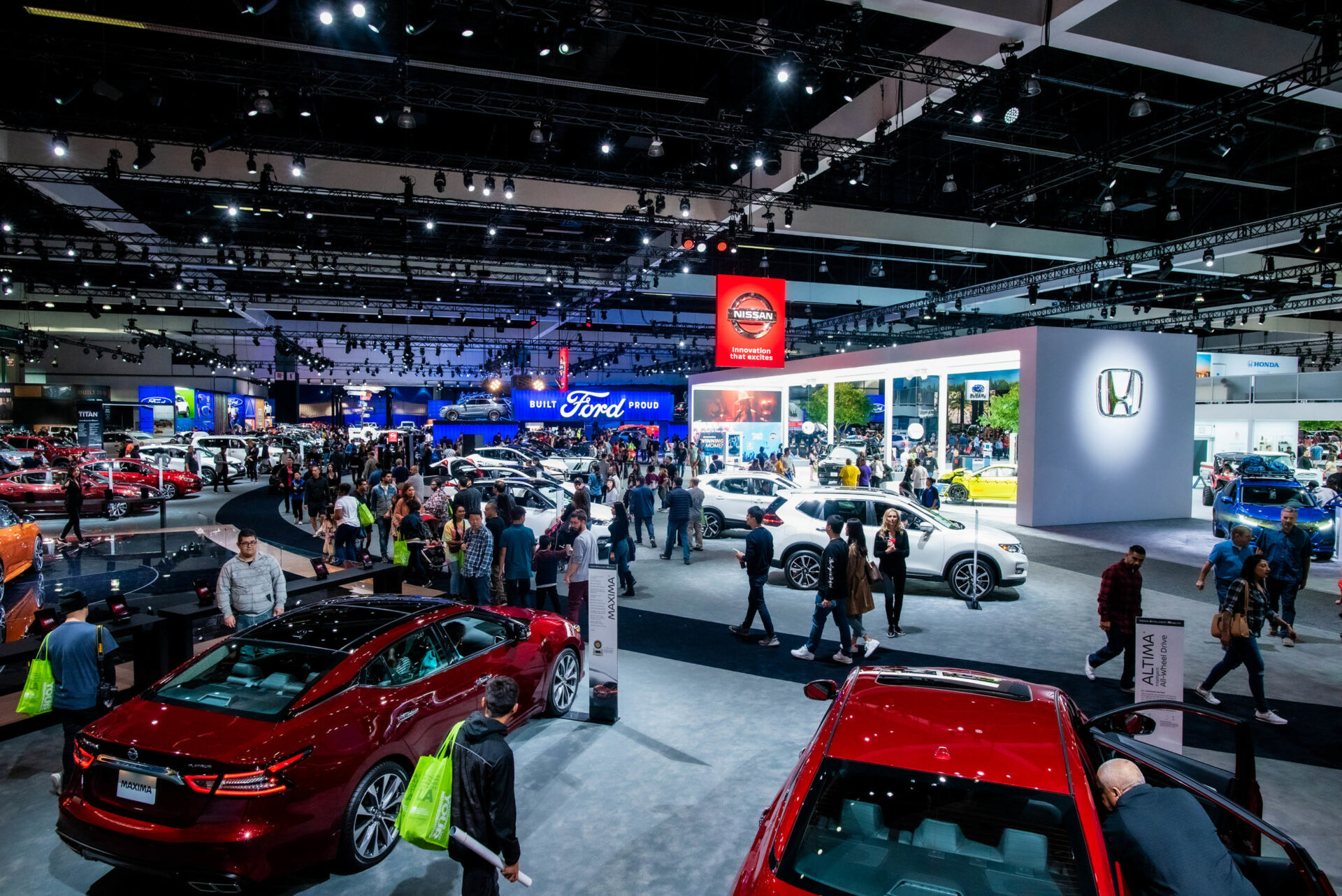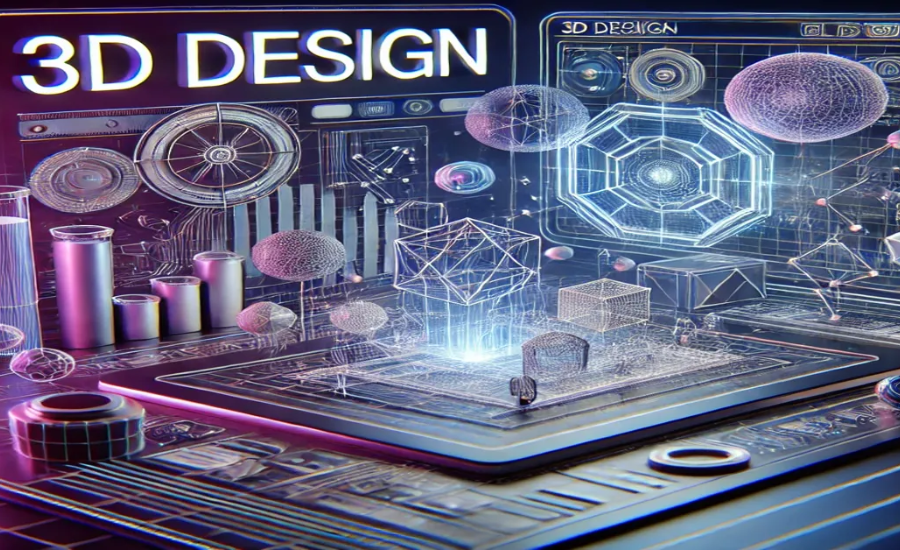The automotive industry has always been an essential part of modern life, providing the world with the means to travel long distances and connect with others. Since the dawn of the automobile, the industry has undergone dramatic changes, from simple engines to today’s cutting-edge technology. In this article, we will explore the evolution of the Autos industry, highlighting how cars have transformed over time and the impact this has had on society.
Origins
The first automobiles appeared in the late 19th century, with pioneers like Karl Benz and Gottlieb Daimler making history with their innovations. Benz’s creation of the Benz Patent-Motorwagen in 1885 is widely considered the first true automobile, while Daimler and Wilhelm Maybach’s development of the high-speed engine laid the groundwork for future vehicle advancements. These early vehicles were nothing like the cars we know today, relying on simple, hand-crafted designs and crude technology.
However, despite their initial limitations, these early automobiles sparked the beginning of a new era in human transportation. The idea of the auto was revolutionary, offering mobility previously unimaginable to people living at the time. It didn’t take long for manufacturers to recognize the potential for growth within the automobile sector, and soon, automotive production became a booming industry.
Mass Production and Accessibility
The early 20th century saw a game-changing development in automobile production: the introduction of the assembly line. Henry Ford is often credited with revolutionizing manufacturing by perfecting the process of mass production. In 1913, he introduced the moving assembly line at his Ford Motor Company, dramatically increasing production efficiency and lowering costs. This allowed the automobile to become more affordable for the average person, making cars accessible to a much larger population.
Ford’s Model T, often called the “car that put America on wheels,” was a prime example of this shift. It became widely popular because it was both practical and affordable, enabling middle-class families to own a vehicle for the first time. The Model T’s durability and simplicity helped cement Ford’s place as one of the most influential figures in the automotive industry.
Technological Advancements
Over the decades, the auto industry underwent a series of technological revolutions, with innovations such as air conditioning, power steering, and automatic transmissions becoming standard features in many vehicles. During the mid-20th century, automakers began introducing safety features, like seat belts and airbags, which played a crucial role in reducing injuries and fatalities on the road.
In the 1980s and 1990s, the focus shifted to improving fuel efficiency and reducing environmental impact. The introduction of hybrid vehicles, such as the Toyota Prius in 1997, marked the beginning of a new era of eco-conscious driving. These vehicles used a combination of gasoline and electric power, significantly improving fuel efficiency and lowering emissions.
More recently, the rise of electric vehicles (EVs) has captured the attention of both consumers and manufacturers alike. Tesla, led by Elon Musk, has been at the forefront of this revolution, offering sleek, high-performance EVs that have made electric driving more mainstream than ever before. The growing demand for electric vehicles is not just about fuel savings but also about reducing the carbon footprint and creating a more sustainable future.
Smart Cars and Connectivity
As we move into the 21st century, the automobile is no longer just a means of transportation but also a hub of technology. Smart cars, equipped with advanced sensors, cameras, and artificial intelligence, are revolutionizing the way we drive. These vehicles offer a wide range of features, from autonomous driving capabilities to advanced navigation systems and in-car entertainment.
The integration of smartphones with car systems has become increasingly common, allowing drivers to access apps, music, and navigation services with ease. Companies like Apple and Google have developed their operating systems, CarPlay and Android Auto, which allow drivers to seamlessly connect their smartphones to their car’s infotainment system. This connectivity ensures that drivers stay informed and entertained while keeping their hands on the wheel and eyes on the road.
In addition to entertainment and convenience features, automakers are increasingly focusing on safety through the use of advanced driver-assistance systems (ADAS). These systems use sensors and cameras to monitor the vehicle’s surroundings and provide real-time alerts or even take over control to prevent accidents. Features like lane-keeping assist, adaptive cruise control, and automatic emergency braking are becoming standard on many vehicles, making driving safer for everyone on the road.
Environmental Challenges
One of the most pressing issues facing the automotive industry today is the environmental impact of traditional gasoline-powered vehicles. With climate change becoming an ever-growing concern, there is increasing pressure on automakers to reduce emissions and produce vehicles that are more environmentally friendly. This has led to a shift toward electric vehicles, which produce no tailpipe emissions and are powered by cleaner energy sources.
Governments around the world are implementing stricter emissions regulations and offering incentives to encourage the adoption of electric vehicles. For instance, in the European Union, the goal is to reduce CO2 emissions from new cars by 37.5% by 2030, compared to 2021 levels. In response, automakers like Volkswagen, General Motors, and BMW are investing heavily in EV technology and shifting their production lines toward electric vehicles.
The Future of Auto
Looking ahead, the future of the auto industry is undoubtedly shaped by innovation and technological advancement. The widespread adoption of electric vehicles, the development of autonomous driving technology, and the continued focus on sustainability will shape the industry for years to come.
Autonomous vehicles, in particular, hold the potential to change the way we think about driving. Companies like Waymo, owned by Google’s parent company Alphabet, are leading the charge in the development of self-driving cars. While there are still challenges to overcome in terms of safety, regulation, and public acceptance, self-driving technology could revolutionize transportation, making it safer, more efficient, and more accessible to people with disabilities or limited mobility.
Another area that is likely to see significant advancements is vehicle-to-vehicle (V2V) communication. This technology allows cars to communicate with each other in real-time, sharing information about road conditions, traffic, and potential hazards. V2V communication could lead to fewer accidents, better traffic flow, and improved overall safety on the roads.
Conclusion
The evolution of the automobile is a testament to human ingenuity and the relentless pursuit of progress. From the invention of the first car to the cutting-edge technology of today’s smart vehicles, the auto industry has continuously adapted to meet the changing needs of society. As we look to the future, it’s clear that the next chapter in the automotive revolution will be defined by electric vehicles, autonomous driving, and a commitment to creating a more sustainable and connected world. The car has come a long way, and its journey is far from over.










